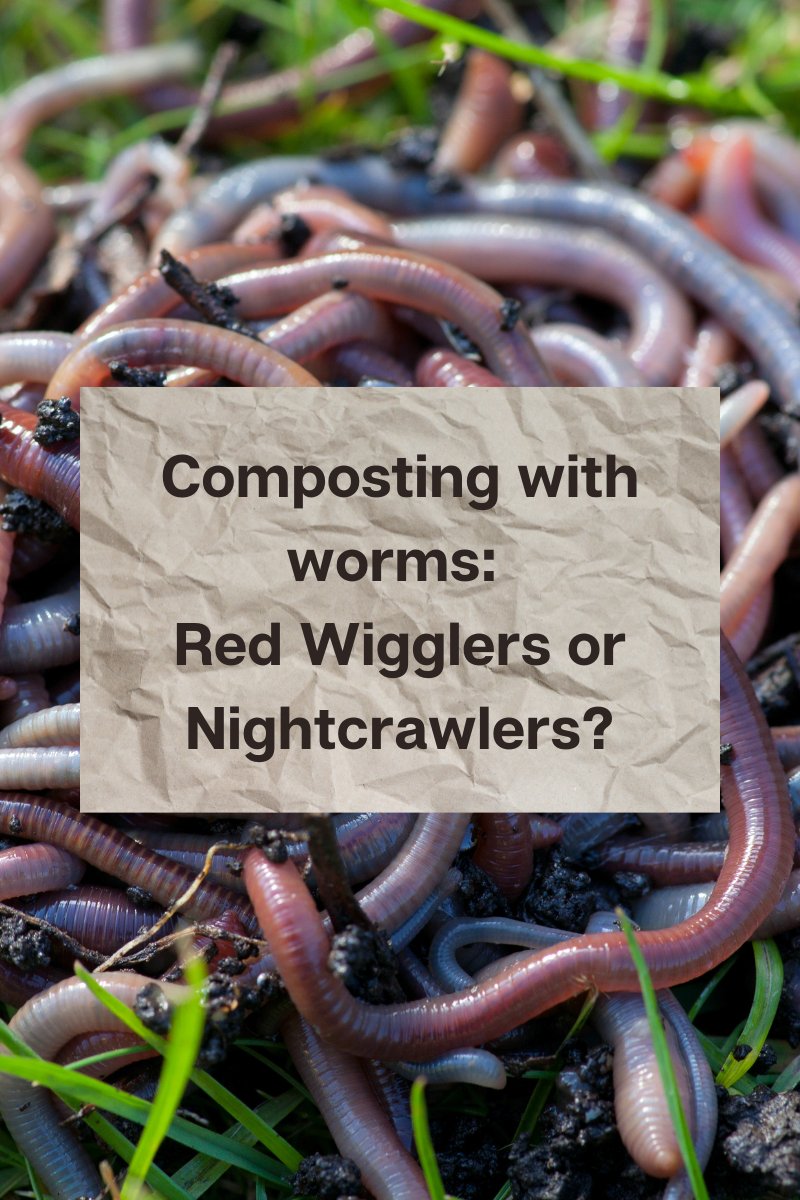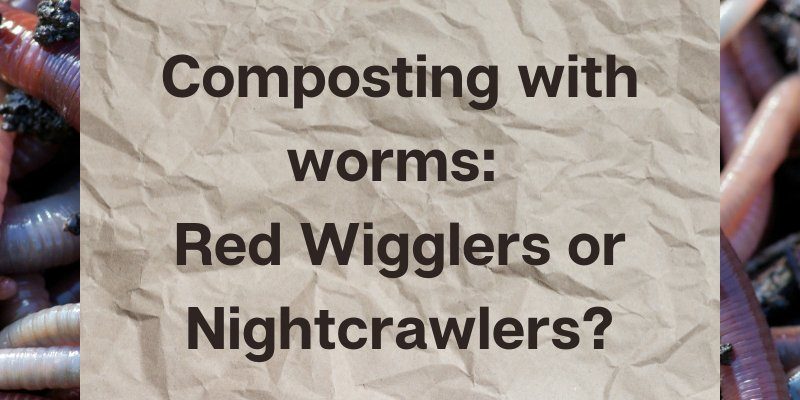
Imagine you’re having a chat over coffee, and your friend asks about these worms. You’d probably talk about how red wigglers are smaller and prefer the cozy confines of a compost pile, while nightcrawlers are the champions of the garden, burrowing deep into the earth. Understanding their differences can empower you as a gardener or compost enthusiast to choose the right one for your needs.
So, how do you tell these two apart? Let’s dig into that!
What Are Red Wigglers?
Red wigglers, scientifically known as *Eisenia fetida*, are the rock stars of the composting world. These little guys are typically about 3 to 4 inches long and have a bright reddish color. They thrive in rich organic matter, making them perfect for vermicomposting—the process of using worms to break down food waste.
One of the easiest ways to spot a red wiggler is by their distinctive band, or clitellum, which appears as a swollen section nearer to their head. This band is crucial during reproduction, helping them produce cocoons. Red wigglers love to munch on decaying leaves, fruits, and vegetables, transforming them into nutrient-rich compost. So, if you’re looking for a worm that helps speed up your composting process, red wigglers are your go-to.
Characteristics of Red Wigglers
– **Size**: They’re smaller, usually around 3 to 4 inches long.
– **Habitat**: Prefer moist, organic-rich environments like compost bins.
– **Color**: Bright reddish hue that’s easy to spot.
Here’s the thing: If you’re ever curious about what they eat, just remember—they’re kind of like little recycling machines, turning kitchen scraps into black gold for your plants!
What Are Nightcrawlers?
Now, let’s talk about nightcrawlers. These are the big brothers of the worm world. Nightcrawlers (or *Lumbricus terrestris*) can grow up to around 8 to 10 inches long. They have a more earthy, brownish color, which helps them blend in with the soil. Unlike red wigglers, nightcrawlers live deeper in the ground, where they aerate the soil and help improve drainage.
Nightcrawlers are also great for anglers since they make excellent bait for fishing. When you’re looking for them, keep in mind that they come out at night—hence the name! So if you’ve got a worm bin or are trying to dig some up, you may need to go hunting after sundown.
Characteristics of Nightcrawlers
– **Size**: They can grow much larger, around 8 to 10 inches.
– **Habitat**: Prefer deep soil and do not thrive in compost bins like red wigglers.
– **Color**: Usually brown or darker, which helps them camouflage in the soil.
If you think of them as the soil’s burrowing bulldozers, it’s easy to appreciate how they contribute to healthy, aerated soil.
Behavior and Habitat Differences
Understanding where these worms hang out can really help you identify them. Red wigglers love to stay near the surface where decomposition happens quickly. If you dig into your compost pile and see these little red guys writhing around, you know you’re dealing with red wigglers. They thrive in a warm, moist environment and can often be spotted in the top layer of compost.
On the other hand, nightcrawlers are deep dwellers. They dig vertical burrows that can reach several feet down. These burrows help to aerate the soil and allow water to flow through, which is essential for plant health. If you’re digging in your garden and encounter a long, brown worm, it’s likely a nightcrawler. Just remember, digging in the afternoon may not yield the best results, as they prefer to stay underground during the day.
Comparison of Behavior
– **Red Wigglers**: Surface dwellers, active in compost bins.
– **Nightcrawlers**: Deep burrowers, prefer garden soil.
This behavior can influence how you use them, especially if you’re looking to compost or improve soil quality.
Best Uses for Each Worm
When considering how to integrate these worms into your gardening routine, it’s essential to know their best uses. Red wigglers excel at breaking down organic waste quickly, making them ideal for composting. If you’re trying to reduce kitchen scraps or create rich compost, these are the worms for you. Their rapid reproduction also means you can quickly build up a population for your compost needs.
On the flip side, nightcrawlers are fantastic for gardeners. Their burrowing capabilities improve soil structure, aeration, and moisture retention. If you want to plant flowers or vegetables, introducing nightcrawlers into your soil can lead to healthier plant growth. Plus, if you enjoy fishing, nightcrawlers make for excellent bait, attracting a variety of fish.
How to Use Them
– **Red Wigglers**:
– Add them to your compost bin with scraps.
– Create a vermicomposting setup at home.
– **Nightcrawlers**:
– Integrate them into your garden soil.
– Use them as bait for fishing trips.
Choosing the right worm for your needs can enhance your gardening or composting experience—just think about what you want to achieve!
How to Care for Red Wigglers and Nightcrawlers
If you’ve got a stash of red wigglers or nightcrawlers, you’ll want to make sure you care for them properly. Red wigglers thrive in rich compost but need moist conditions. You don’t want them drowning, so a balance of moisture is key. Keeping them in a dark, ventilated bin will help keep them cozy.
For nightcrawlers, if you plan to raise them or use them regularly, they need a different setup. A garden with loose soil is perfect. They also appreciate a moist environment, but they don’t want to be waterlogged.
Here’s a quick checklist for keeping both types happy:
- Red Wigglers: Keep them in a ventilated bin with organic waste and moisture.
- Nightcrawlers: Ensure loose, moist soil and a suitable spot in your garden.
Taking care of your worms means they’ll return the favor by enriching your soil or compost!
Identifying red wigglers versus nightcrawlers might seem tricky at first, but with a few key characteristics in mind, you’ll be able to tell them apart easily. Both play crucial roles in gardening and composting—red wigglers as nature’s recyclers and nightcrawlers as soil aerators. By understanding their unique traits and behaviors, you can decide which worm fits your gardening or composting needs best.
So whether you’re boosting your composting game or enriching your garden soil, knowing your worms can make a significant difference. Happy worming!

